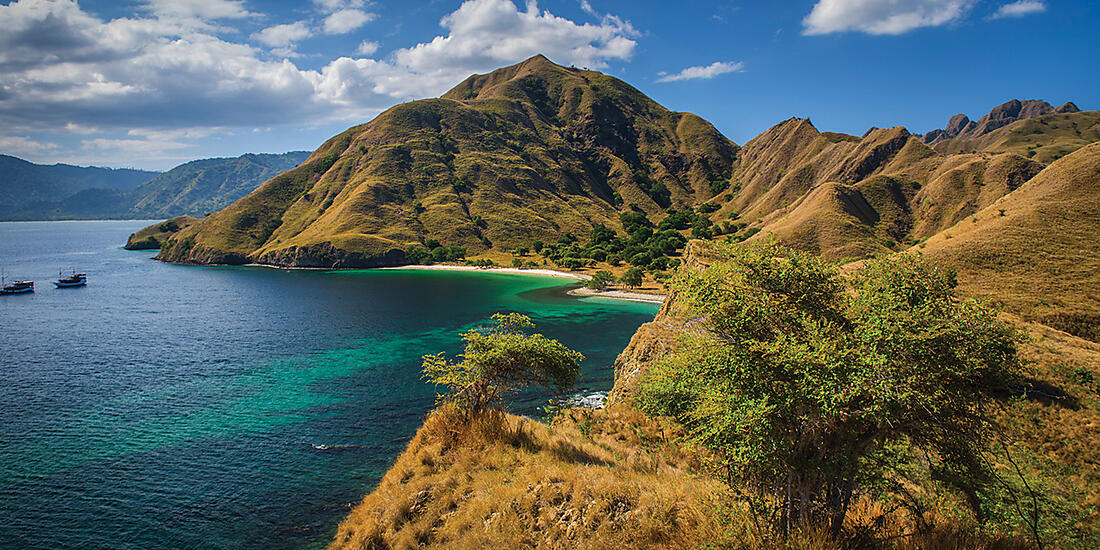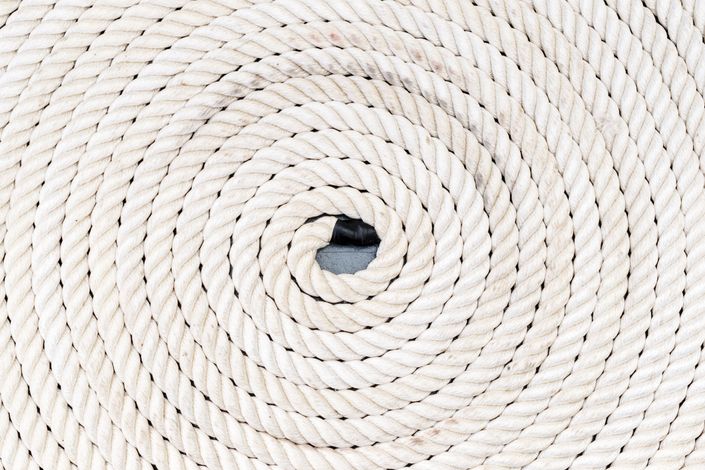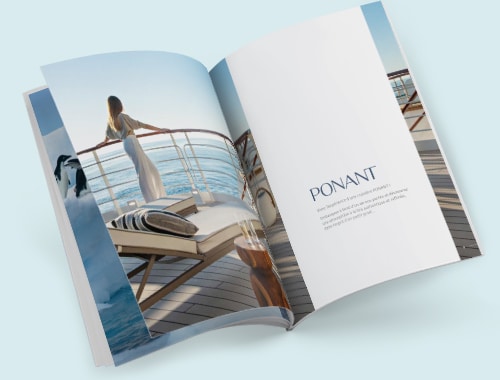reasons to choose an Asian cruise
Asia has thousands of islands and miles of coastline to explore, scattered with awe-inspiring natural sites and breathtaking treasures. There are countless reasons to treat yourself to a cruise to Japan, a trip to the Philippines, an adventure along the Chinese coast or a voyage from Sri Lanka to India.
See more
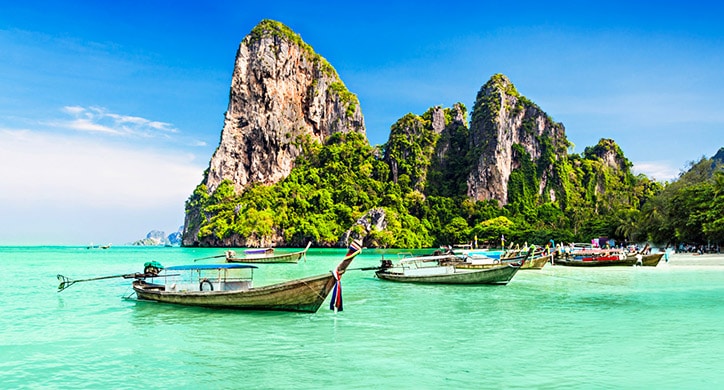
Asia - Unmissable experiences
Ancient cultures, Buddhist temples, nature parks, rice terraces, fish-filled waters, idyllic beaches, historic cities and fairy-tale landscapes: Asia is overflowing with cultural experiences and activities just waiting to be discovered.
See more
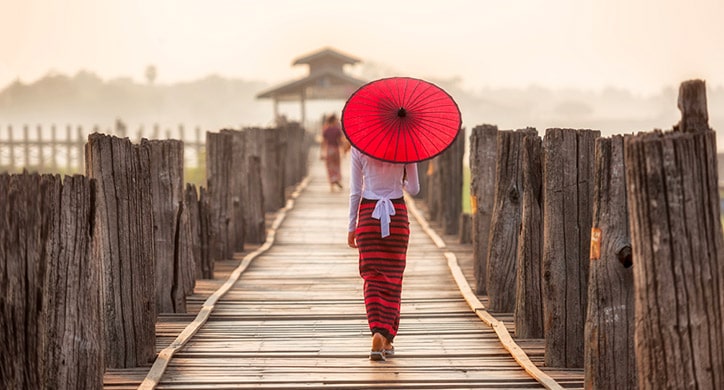
Explore Asia
4 reasons to choose an Asian cruise
Asia has thousands of islands and miles of coastline to explore, scattered with awe-inspiring natural sites and breathtaking treasures. There are countless reasons to treat yourself to a cruise to Japan, a trip to the Philippines, an adventure along the Chinese coast or a voyage from Sri Lanka to India.
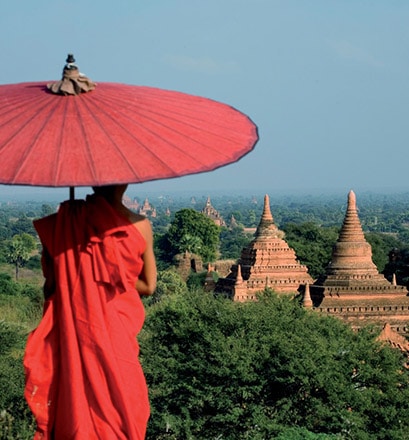
To take in the unique sights
From the giant dragons of Komodo National Park to the powdery sand of the Pink Beach in Indonesia, and from the 3,000 temples of Bagan in Myanmar to the thousands of orangutans living in the Tanjung Puting reserve in Malaysia, every country in Asia is brimming with natural and man-made wonders.
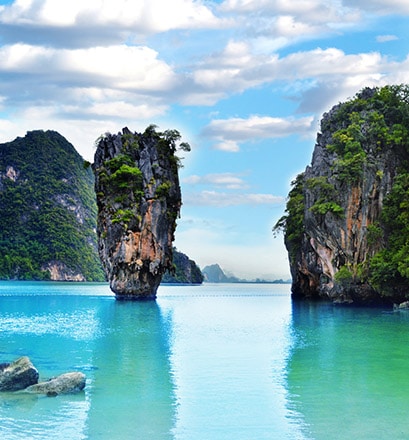
To appreciate the beauty of nature
Do you dream of sailing Ha Long Bay in Vietnam or navigating the canals of Alappuzha in India? How about basking on the desert islands and idyllic beaches of Thailand and the Philippines, wandering the rice terraces of Bali, or tackling Mount Fuji? Whether you are at sea or on land, a cruise in Asia offers no shortage of spectacular landscapes: steep mountains, sugarloaf formations, volcanoes, old-growth jungles, rivers, waterfalls, shimmering lakes, and calm or turbulent seas.
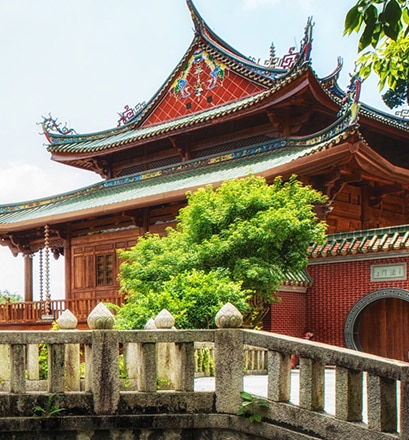
To immerse yourself in diverse cultures
Buddhism, Hinduism, Shintoism... Even the most isolated regions are home to numerous temples, reflecting the spirituality and serenity of the area. Known for their delicate and harmonious architecture, these sanctuaries are often embellished with gold, statues and bas-reliefs, offering visitors a real visual spectacle. Religion and culture are inextricably linked, marked by thousands of years of history. As a result, each area has its own unique way of life. Japan, for example, boasts numerous distinctive landmarks and traditions, from the imperial cities to Geisha performances.
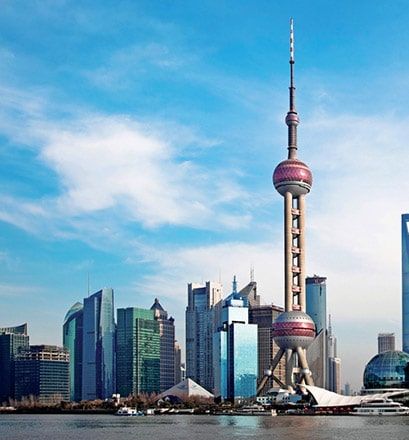
To visit some of the most modern cities in the world
Hong Kong, Shanghai, Bangkok, Ho Chi Minh City, Singapore… Located at the crossroads of Asia, these megalopolises are all looking to the future. Where East meets West, small markets meet stylish shops, and skyscrapers meet historic neighbourhoods and colonial districts, the cosmopolitan cities of Asia epitomise the complex nature of this continent, allowing it to take its rightful place on the world stage.
Asia - Unmissable experiences
Ancient cultures, Buddhist temples, nature parks, rice terraces, fish-filled waters, idyllic beaches, historic cities and fairy-tale landscapes: Asia is overflowing with cultural experiences and activities just waiting to be discovered.
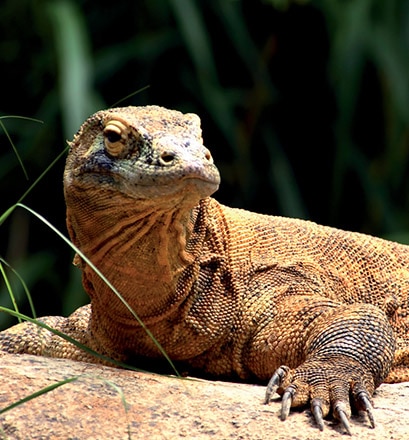
Visit Komodo National Park - Indonesia
A trip to Komodo National Park is like travelling millions of years back in time. However, it is not dinosaurs who roam the land, but the famous Komodo dragons. These giant lizards can reach up to three metres in length and weigh as much as 120 kg. 2,500 dragons live in the park, which was listed as a UNESCO World Heritage site in 1986. Covering 29 islands, this vast territory is also known for its unique landscapes, including tropical forests, white sand beaches, savannas and mountain ranges.
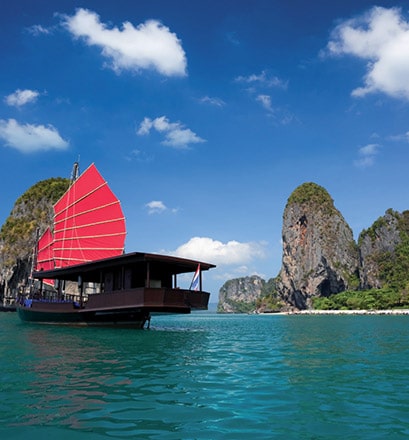
Navigate Ha Long Bay - Vietnam
Certain landscapes can only truly be appreciated by boat: a cruise through the 1,969 karst islets of Ha Long Bay is the ultimate escape from reality. The traditional junks unfurl their orange sails against a backdrop of inland lakes, coves and caves filled with monumental stalactites and stalagmites, creating an unforgettable picture.
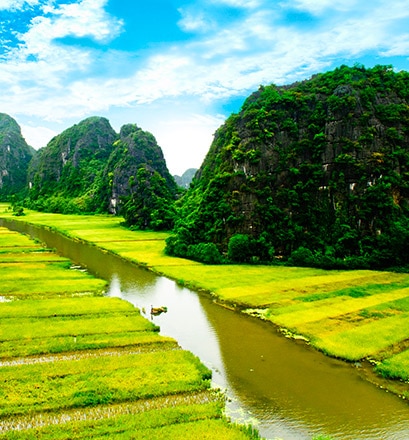
Take in the magic of Ninh Binh - Vietnam
Known as the inland Ha Long Bay, Ninh Binh bears a striking resemblance to its coastal counterpart, with sugarloaf formations rising above the Ngo Dong River. Excursions in small traditional boats are a popular way to admire the rice fields along the shores and explore the region's three most famous caves. Ninh Binh is home to many impressive landmarks, including Cúc Phương National Park, one of the country's best preserved tropical forests, and the Bich Dong pagoda.
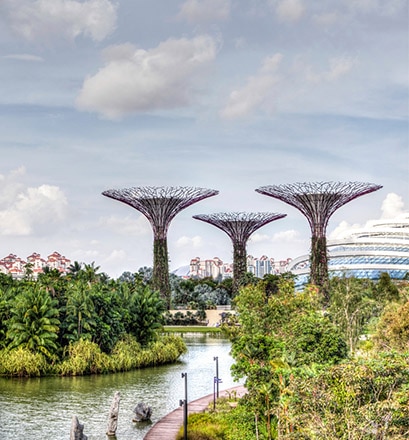
Explore the Gardens by the Bay - Singapore
Singapore has taken the concept of a botanical garden to a whole new level. Made up of three gardens covering 101 hectares, the Gardens by the Bay showcase an incredible variety of flora in the middle of the city. Contained in a glass dome, the Cloud Forest is one of the gardens' most spectacular attractions: a 35-metre hill covered with lush vegetation surrounds the tallest indoor waterfall in the world. Outside, the landscape is dominated by the iconic Supertrees, measuring up to 50 metres.
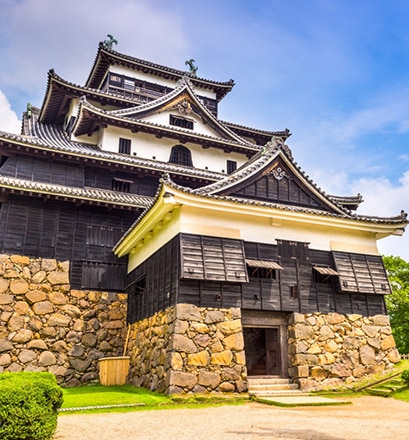
Travel back in time in Matsue, the city of Samurai - Japan
Known as "water city", the castle town of Matsue is located in the south of Japan, where Nakaumi Lagoon meets Lake Shinji. It is renowned for its stunning scenery, spectacular sunsets and fascinating history. Its six-storey castle and keep, erected in 1611, are among the last twelve surviving structures from feudal Japan. Nearby, a former samurai residence explores the everyday life of these Edo warriors.
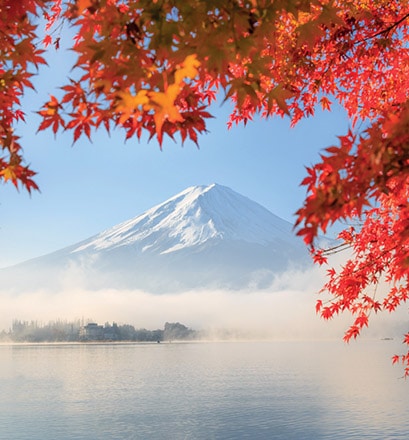
Make a pilgrimage to Mount Fuji - Japan
Appearing above the cherry blossoms, the snowy summit of Mount Fuji is the symbol of Japan. The ultimate romantic setting, this revered mountain was declared a UNESCO World Heritage Site in 2013 as a “sacred place and source of artistic inspiration”. Offering spectacular views of the landscape, the Shinto shrine of Fujisan Hongu Sengen Taisha is well worth a visit. Built 1,000 years ago, it is the head temple of the country's 1,300 Asama shrines, dedicated to the spirits of volcanoes and Mount Fuji in particular.
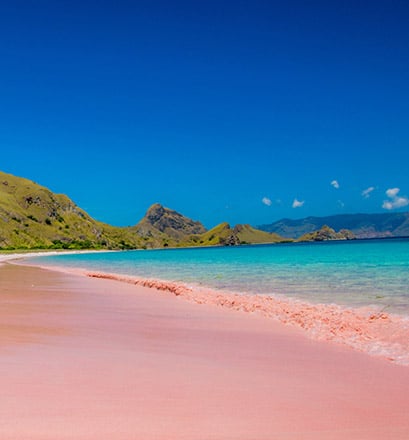
Relax on the extraordinary sand of the Pink Beach - Indonesia
One of the most beautiful beaches in the world, Pink Beach in the Komodo archipelago owes its name to its unique sand, which is formed by the coral in the water. The powdery pink sand melts into the brilliant blue water against a backdrop of green hills, creating a world of colour. It is also the perfect spot for swimming or snorkelling, letting you admire the famous corals and the multicoloured fish that feed there.
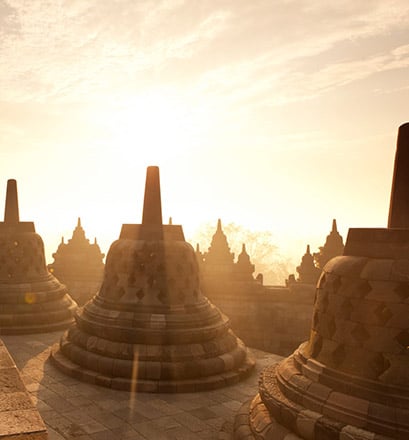
Experience the wonder of Borobudur - Indonesia
Built in the 8th and 9th centuries in the centre of the island of Java, the Buddhist temple of Borobudur is a pilgrimage site and an architectural marvel, listed as a UNESCO World Heritage site since 1991. Its interior galleries are covered with bas-reliefs evoking the life of Buddha, all carved on site. At the top of the temple, the terrace, featuring 72 magnificent openwork stupas, offers incredible views of the surrounding landscape.
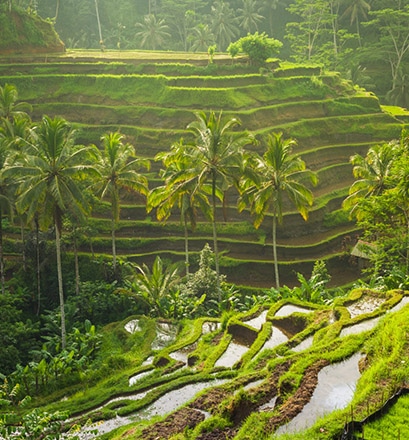
Wander the rice terraces of Bali - Indonesia
Known as a paradise for surfing and yoga, Bali is also a haven of peace and tranquillity. This sense of serenity reaches its zenith at the heart of the island, in the rice fields of Tegallalang. Surrounded by luxuriant vegetation, these terraces cascade down to the bottom of the valley. In a thousand shades of green, the landscape seems to shift and change in the sunlight. This is Bali at its most authentic.
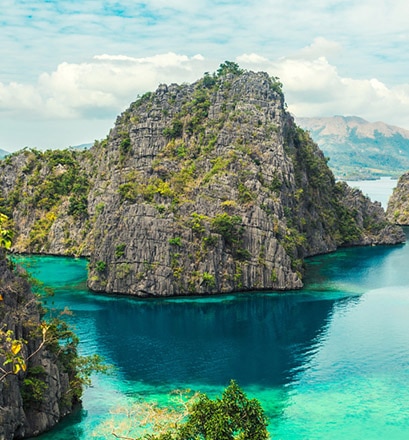
Escape from reality in El Nido - Philippines
El Nido is the gateway to a hidden paradise. To access the secret beaches, visitors have to take a small outrigger through a series of bays and lagoons. The verdant rocky islets create a striking contrast against the turquoise water, which is ideal for swimming and snorkelling. What better place to get away from it all?
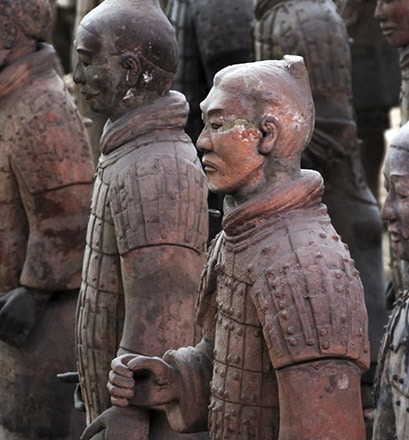
Come face to face with the Terracotta Army of Xi'an - China
Founded 3,100 years ago, Xi'an is counted among the oldest cities in China. It is also one of the Four Great Ancient Capitals of China, singled out by the country's major dynasties. Xi'an owes its most famous attraction to the first emperor of China, Qin Shi Huang: an army of 8,000 terracotta statues. Complete with their equipment, chariots and horses, the army is made up of life-size soldiers of every rank, each with their own distinctive features. Standing guard over the emperor's mausoleum since the 3rd century BC, they make an impressive sight.
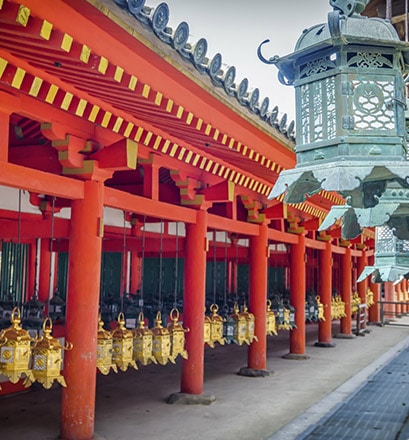
Visit the ancient imperial capitals - Japan
The cities of Kyoto and Nara offer travellers a unique insight into the history of Japan. Nara was the capital of the Empire of the Sun during the 8th century. Temples and shrines from the period can still be visited today, including Tōdai-ji, the largest wooden temple in the world. As for Kyoto, it was the capital of the country for over ten centuries, from 794 to 1898. A visit to this iconic city—recognised as the cradle of traditional Japanese culture—is an opportunity to discover magnificent temples, practice meditation, experience a tea ceremony, or attend a Geisha performance.
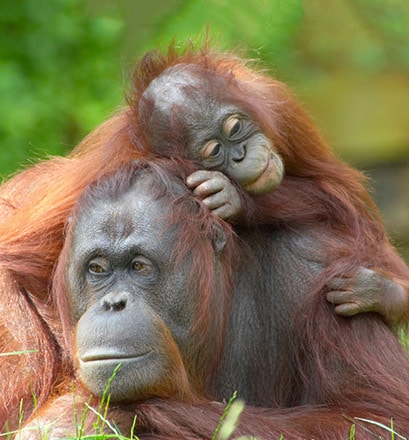
Meet the orangutans - Malaysia
Created in 1971 and classified as a UNESCO Biosphere Reserve since 1977, Tanjung Puting National Park is one of the few places in the world where orangutans can still enjoy a level of freedom. It is currently home to 6,000 animals, which constitutes the largest orangutan population in the world. This park also acts as a rehabilitation centre for orphaned, abused or illegally captured orangutans, working to release them back into their natural habitat. From building a nest to finding food and moving between the trees, this re-education process can take several years. In the meantime, the high point of their day is always mealtime, when the forest rangers serve a delicious selection of fruit on special feeding trays.
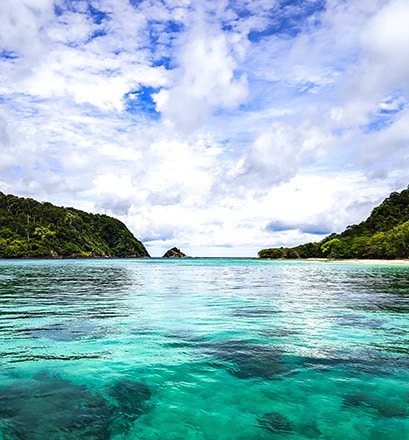
Sail away to the Koh Rok Islands - Thailand
30 km to the south of Koh Lanta, the two Koh Rok islands are located within sight of one another. Separated by around a hundred metres, these charming uninhabited islets are the ideal spot for a relaxing getaway. The vibrant green water contrasts against the fine white sand, where palm trees provide welcome shade between swims. A slice of heaven on earth, the Koh Rok islands are untouched by time.
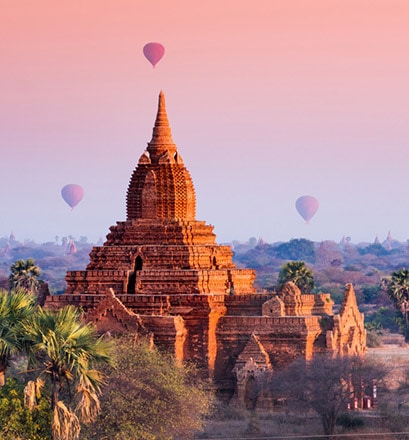
Breathe in the history of Bagan - Myanmar
The hot air balloons eclipse the setting sun over the temples of Bagan, transporting travellers into a world of wonder. Appearing on few tourist itineraries, Myanmar offers curious visitors the chance to discover a beautiful and perfectly preserved landscape. Bagan exemplifies the poetry and spirituality of the country. The capital of the First Burmese Empire was added to the UNESCO World Heritage List in July 2019 thanks to its remarkable collection of over 2,800 monuments.








